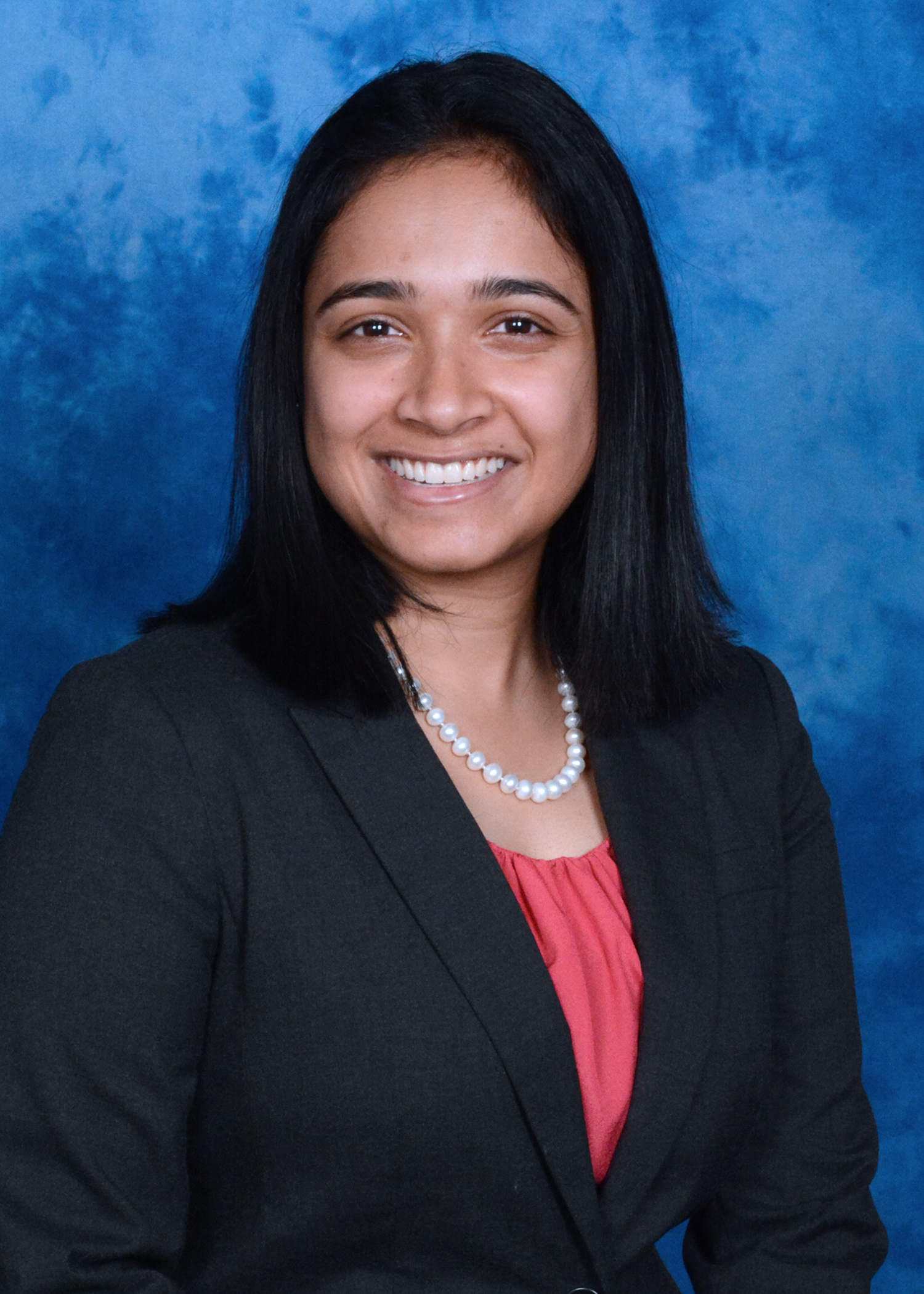So I Want To Be A #cardiopreneur
As many of you may know, I recently joined twitter and am enjoying the challenge of learning a new (to me) social media tool. I must say, however, that I am always forgetting the hashtags on my tweets. So, I decided that there is no better way to remind myself than to make my own hashtag. Hence, the term #cardiopreneur. More on this to come, I promise. It will all connect in the end… keep reading on.
Today, as an attendee and blogger at the HealthTech Summit, I couldn’t help but feel like I was witnessing the birth of a new era with the intertwining of technology and healthcare. In the past, there has been ambivalence among members of the medical community with respect to embracing a role for technology. Perhaps this may have been related to fear of the unknown or thought that care may be less personalized with implementation of technology.
Some of the difficulties behind incorporating technology into healthcare have surrounded the standard practice in entrepreneurship thus far: 1. Come up with an idea for a device 2. Figure out how people can use said device. In healthcare, we need to employ end-user development in conjunction with our engineers and entrepreneurs to recognize the patient needs which are of utmost importance and then develop a device to meet this need.
When we connect systems of health record with systems of intelligence, engagement and networks for collaboration and work flow we will we be able to create change that will be accurate, precise, and scalable to a larger population. In the words of Dr. Jessica Mega, Chief Medical Officer at Verily Life Sciences, “Unless we understand how to apply artificial intelligence and automation, we will end up down the wrong road.” Our technology is only as good as the human who designs it and understands it. How do we create an infrastructure to support new disease insights through use of machine learning and artificial intelligence? Collaboration, organization, and action!
How do we best utilize a deep learning model that is both adaptable and good for complex, nonlinear data? Research presented by Dr. Rima Arnaout from UCSF showed that a deep learning model can be trained to classify among 15 standard transthoracic echo views, with the model taking just 21 milliseconds to classify each image. The model had a 91.7% accuracy on images compared with board certified echocardiographers who had 70.1-84% accuracy. Including video instead of still frames increased the accuracy of the model to 97.8%. Combining human ingenuity and understanding with machine learning and artificial intelligence will allow us to create rapid fire innovation to better serve the needs of our patients.
I had the chance to speak with David He, also of Verily Life Sciences, who demonstrated the Verily Study Watch with multiple physiological and environmental sensors about adaptation of these devices to my patients with adult congenital heart disease, left ventricular assist devices, and transplants. There is a need for creation of novel wearables for use in these most vulnerable patients. They stand to benefit the most from these types of innovations, underscoring the need for cardiologists as myself to keep this momentum moving.
So, back to #cardiopreneur… what does it mean? It’s a novel term (yes, I made it up… innovation starts small!), to reference cardiologists like me who are committed to innovation, entrepreneurship, and collaboration to advance healthcare technology in a way that has never been seen before. So, join me in starting the #cardiopreneur movement and embracing change… our patients will thank us for it!

Megan Kamath is a Fellow in Advanced Heart Failure and Transplant Cardiology at the University of California, Los Angeles. Her research interests include outcomes in advanced heart failure, decision making and relational medicine, and utilizing technology in healthcare. She is now tweeting @MeganKamath, so follow her on there!